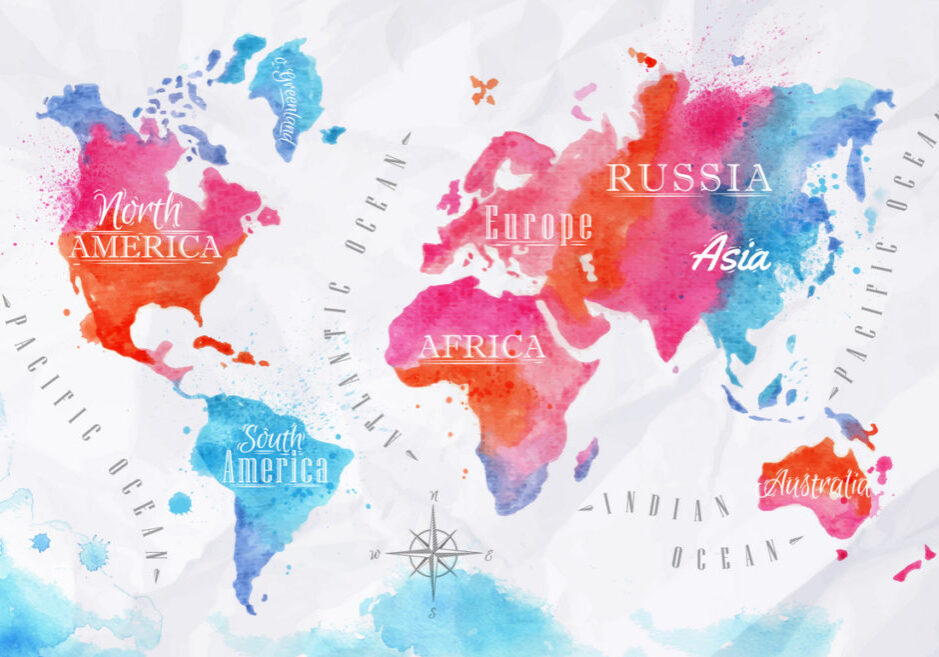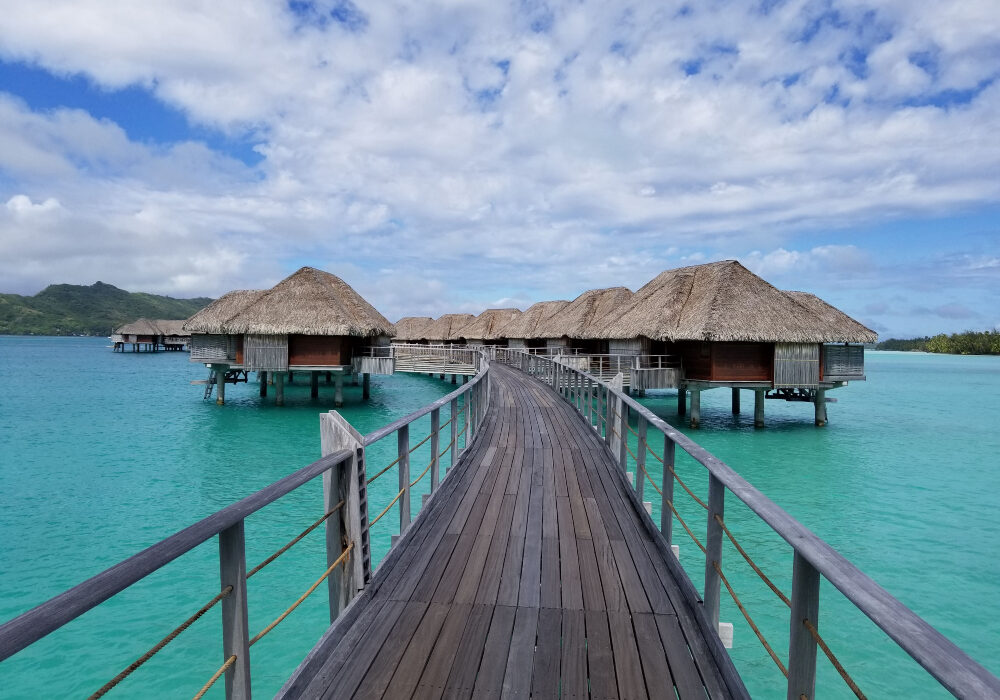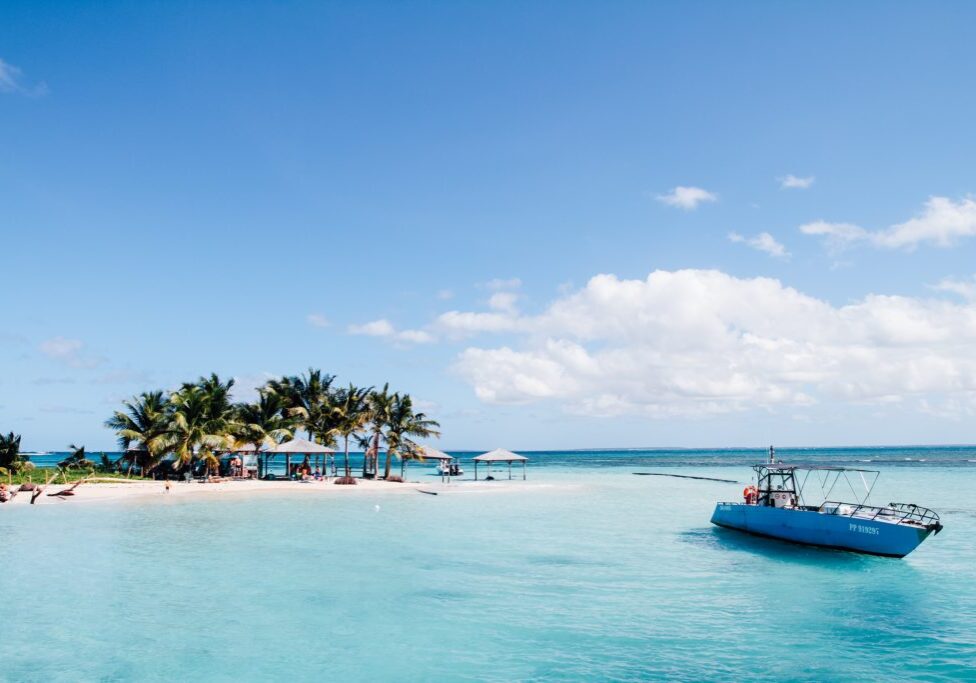The Maldives
The Maldives is one of the world’s most beautiful island destinations, dotting the Indian Ocean like a natural string of pearls.
Located off the southwest coast of India, the Maldives consists of around 1200 atolls (islands) and there are over 100 secluded private island resorts to choose from. Resorts are accessed by a short, scenic seaplane or speedboat ride from the capital, Male, the country’s primary gateway. The Maldives is also the world’s lowest country, located on top of a vast underwater mountain range.

Overview
The luxurious escapes you'll find in the Maldives (pronounced MAHL-deeves) are not merely an accident of geography, but a matter of deliberate design. Overwhelmed by an influx of tourists during the 1970s, government leaders created a master plan for the tourist industry, with the aim of emphasizing quality over quantity and minimizing the impact of tourism on the natural—and human—environment. The result was the development of a series of high-quality island resorts that have been cited as models for sustainable tourism development.
This model remained more or less the same for decades until a change of Government in 2008. The first democratically elected president of the Maldives, Mohamed Nasheed, encouraged the development of interisland and interatoll public ferry services at affordable prices, which means that Maldivians and tourists alike can now travel more freely around the Maldives. Foreigners are no longer required to obtain permits or special permission to visit inhabited islands.
A new master plan to encourage the growth of guesthouse tourism alongside the existing luxury resorts was drawn up, and in 2010 legislation was changed to allow Maldivians to open guesthouses on inhabited islands. The aim was to diversify the market and encourage more entrepreneurship amongst Maldivians, helping to direct the flow of tourism revenue back into the local economy. As a result, a spate of new guesthouses and associated services such as independent watersports centers and dive centers have sprung up across the country. The guesthouses vary greatly in their offerings; from very basic rooms to boutique, hotel-style accommodation.
The liveaboard yacht industry has also greatly expanded, with around 170 vessels now operating in the Maldives, offering diving and surfing charters throughout the year.
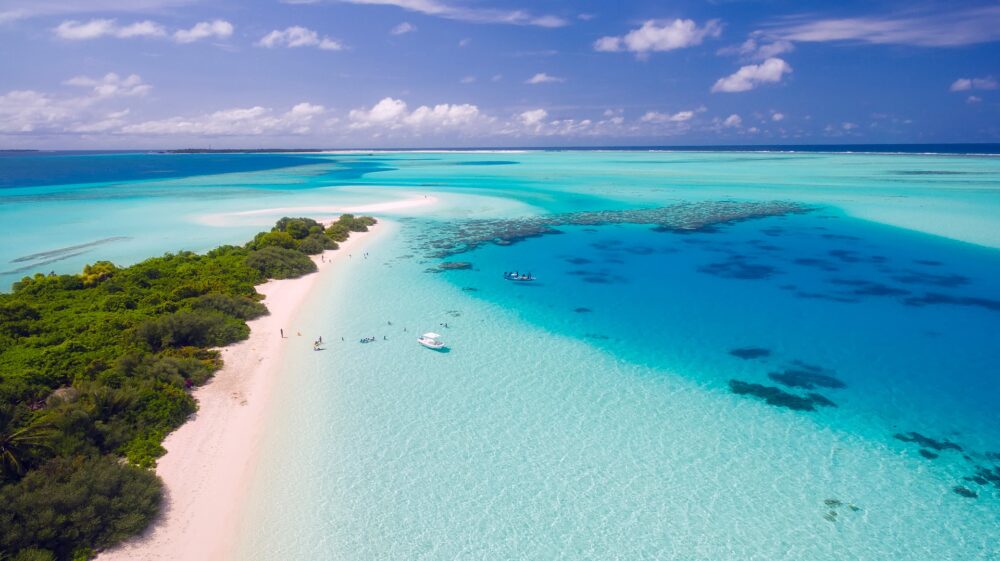
Climate & Weather
Climate change remains a pressing issue in the Maldives. The latest research suggests that although sea levels are rising internationally, the low-lying Maldives is not likely to encounter serious problems until 2100. However, rising sea surface temperatures and acidity in the ocean have caused widespread damage to the surrounding coral. Not only are the coral reefs natural barriers against erosion and tsunamis, but they are also an integral part of the appeal to tourists, as diving and snorkeling are the top activities in the Maldives. Although some of the damaged areas have spontaneously begun to recover, many areas still suffer from widespread coral bleaching.
The best weather (which usually means the best time to visit the Maldives) is between November and April. The high season falls between December and March so the prices tend to increase as well. The monsoon season runs from May to October with the worst storms in June.
Things To Do
Visit the Conrad Resort for a unique dining experience at the Ithaa Undersea Restaurant. Enjoy contemporary European cuisine in an all-glass room as you watch the fish swim around you 16-feet below sea level.
Discover whale sharks as you go scuba diving along the shores of Ari Atoll.
Take a seaplane upon your arrival at the airport and enjoy scenic views as you transfer to your island resort.
Discover the most densely populated area in the Maldives - Malé. You will experience a different side of the islands here as you walk through lively markets, shops, and restaurants.
For more experienced divers, Kudarah Thila is the place to be. It is the most exciting dive in the Maldives due to the abundance of corals and marine wildlife that live in the area.
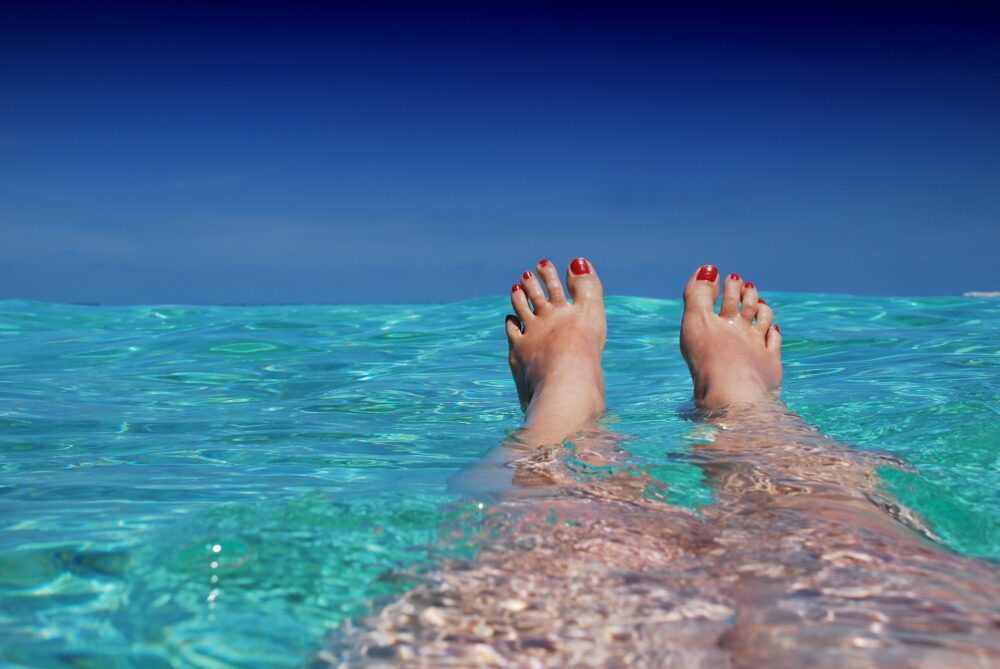
Geography
The Maldives make up a total of twenty six atolls, with many (otherwise uninhabited) islands being occupied by a single resort hotel. Vacationers usually spend much of their time on hotel premises, so picking the right island is a matter of relative importance. Staying at upscale resorts, however, isn't the only option available to visitors. Since recently, the Maldives have appeared on the radars of budget travelers - a few inns and guest houses have opened up on the larger, inhabited islands. This has given start to breaking down the age-old conception of Maldives as an exclusive, luxury destination solely for honeymooners and the world's rich and famous.
The archipelago of 1,190 coral islands and atolls stretches some 575 mi/925 km north to south in the Indian Ocean. Of that number, only 202 are inhabited, and 120 are exclusive island resorts. The atolls are barely higher than sea level, and their sandy soil does not allow for the kind of lush vegetation usually associated with island paradises, but coconut trees, sea cabbage and pandans grow in abundance. Some of the vegetation that decorates and surrounds the resorts is imported.
Money & Currency
The currency used throughout the Maldives is Maldivian rufiyaa however the Euro and the US dollar are also widely accepted. All major credit cards can be used at resorts, restaurants, and shops in Male and several other islands. Withdrawing money from ATMs is not usually possible.
DID YOU KNOW?
- Learn your constellations, take along a star chart or download a star-viewing app on your smartphone. You'll be able to see plenty of stars from this far-flung country, and the Maldives is close enough to the equator to even see the Southern Cross.
- The Maldives is known in Sanskrit as "Malodheep", which means "a garland of islands."
- The word "atoll" (an island of uplifted coral) comes from the Maldivian language. In fact, this country has the world's largest. Suvadiva has a lagoon almost 45 mi/72 km wide.
- None of the islands in the Maldives is higher than 10 ft/3 m above sea level so many global-warming theorists are afraid that the country will disappear if worldwide sea levels continue to rise.
- The Maldives is the world's biggest seaplane operator, with more than 500 Twin Otter flights per week during high season and more than 75,000 passengers per year.
- There are no dogs in the Maldives, by law. In fact, there are very few creatures to be found anywhere on the land aside from cats and bats. However, the sea is home to a wealth of creatures, including whale sharks, reef sharks and dolphins.
- Most resorts you'll have to pay extra for just about everything except breakfast, unless you book a full board or all-inclusive package.
- Make sure to book an excursion to see manta rays or whale sharks—swimming with them is a magical experience that you'll never forget.
- Be sure to spend or exchange all your local currency (rufiyaa) before you depart as you won't be able to exchange it outside of the Maldives. The airport currency exchange only exchanges rufiyaa if you have a receipt to prove that you obtained your rufiyaa from them.
Sample Itineraries & Packages
The Maldives is designed strictly for those who want to get away from it all, lie on some fabulous beaches, snorkel, dive, sail, fish and not have to worry about anything. If you're going all that way to relax, it seems foolish to rush things by staying less than a week. Since most travelers don't move around a lot from one island to another, we don't recommend a formal itinerary.
You might want to check out a sample quote that we put together for a honeymoon couple who wanted to visit Dubai and the Maldives.

